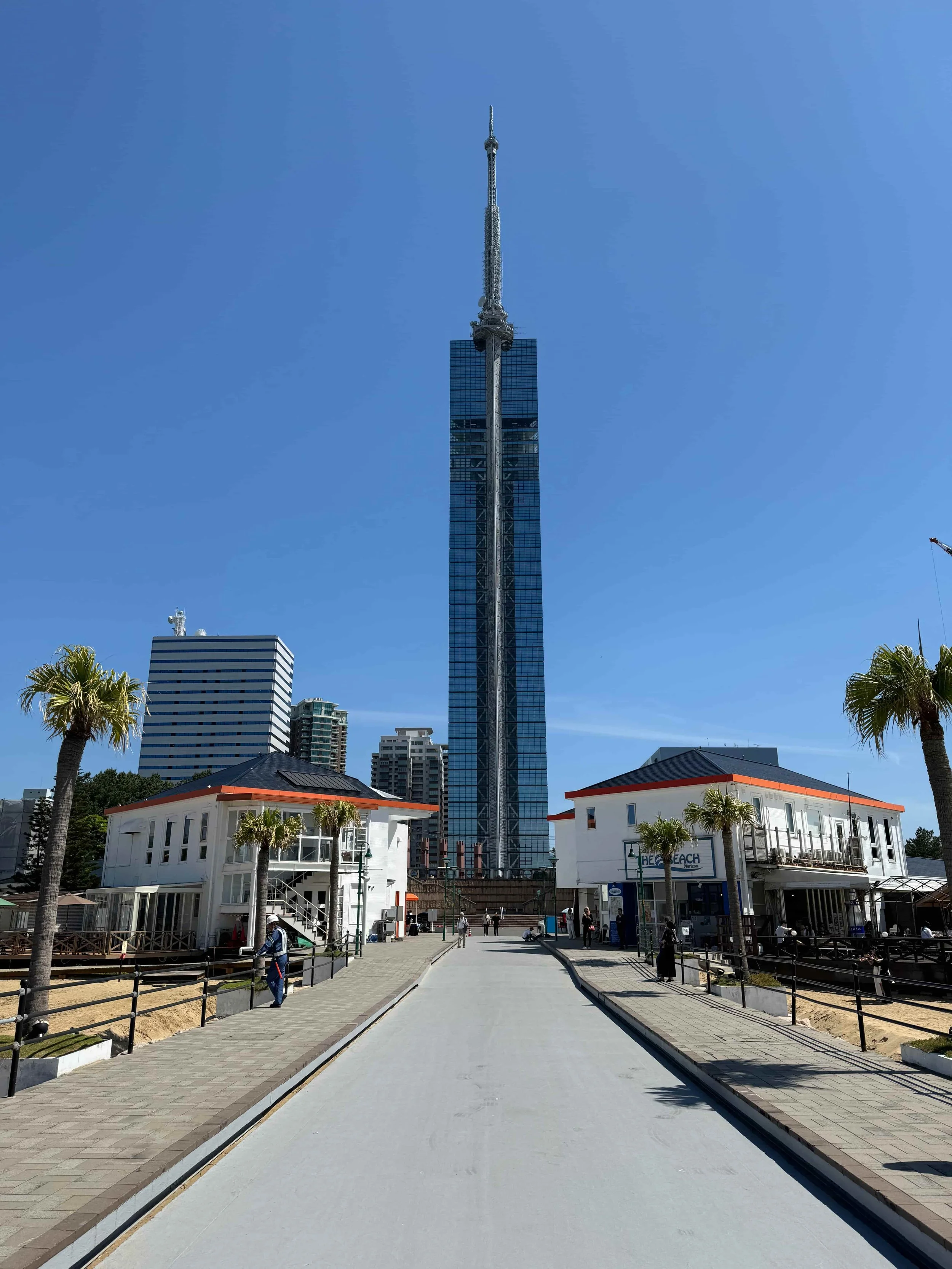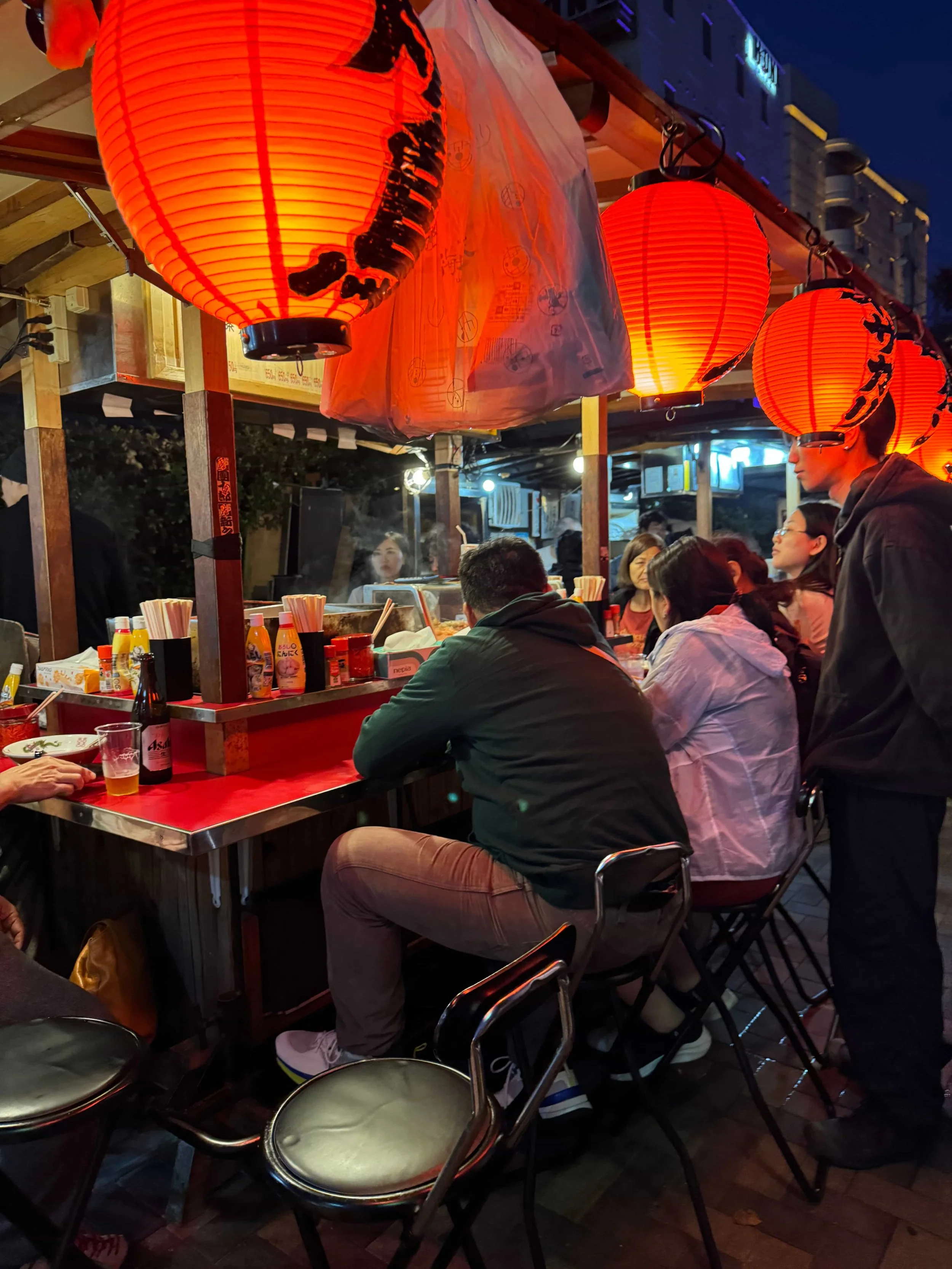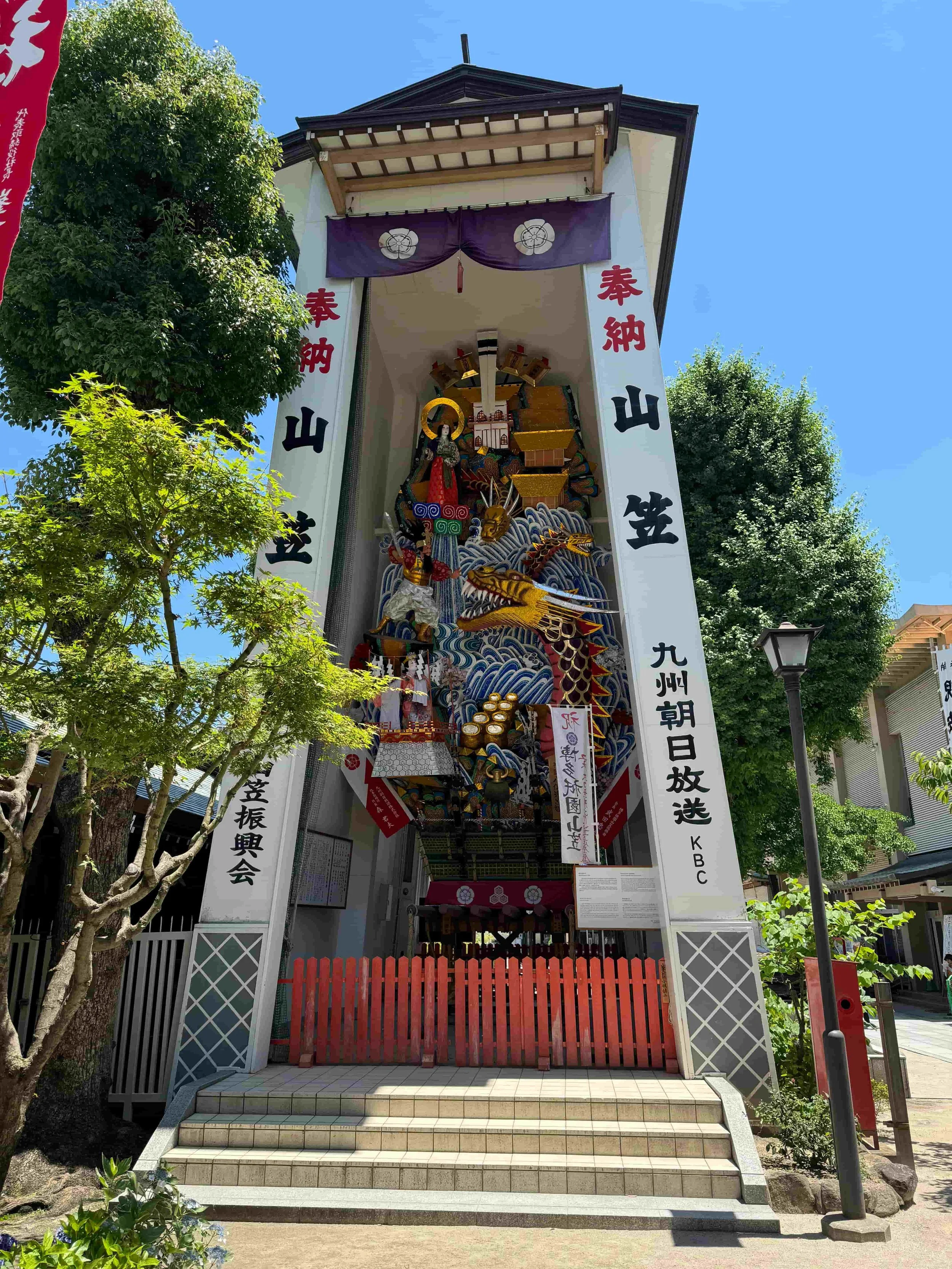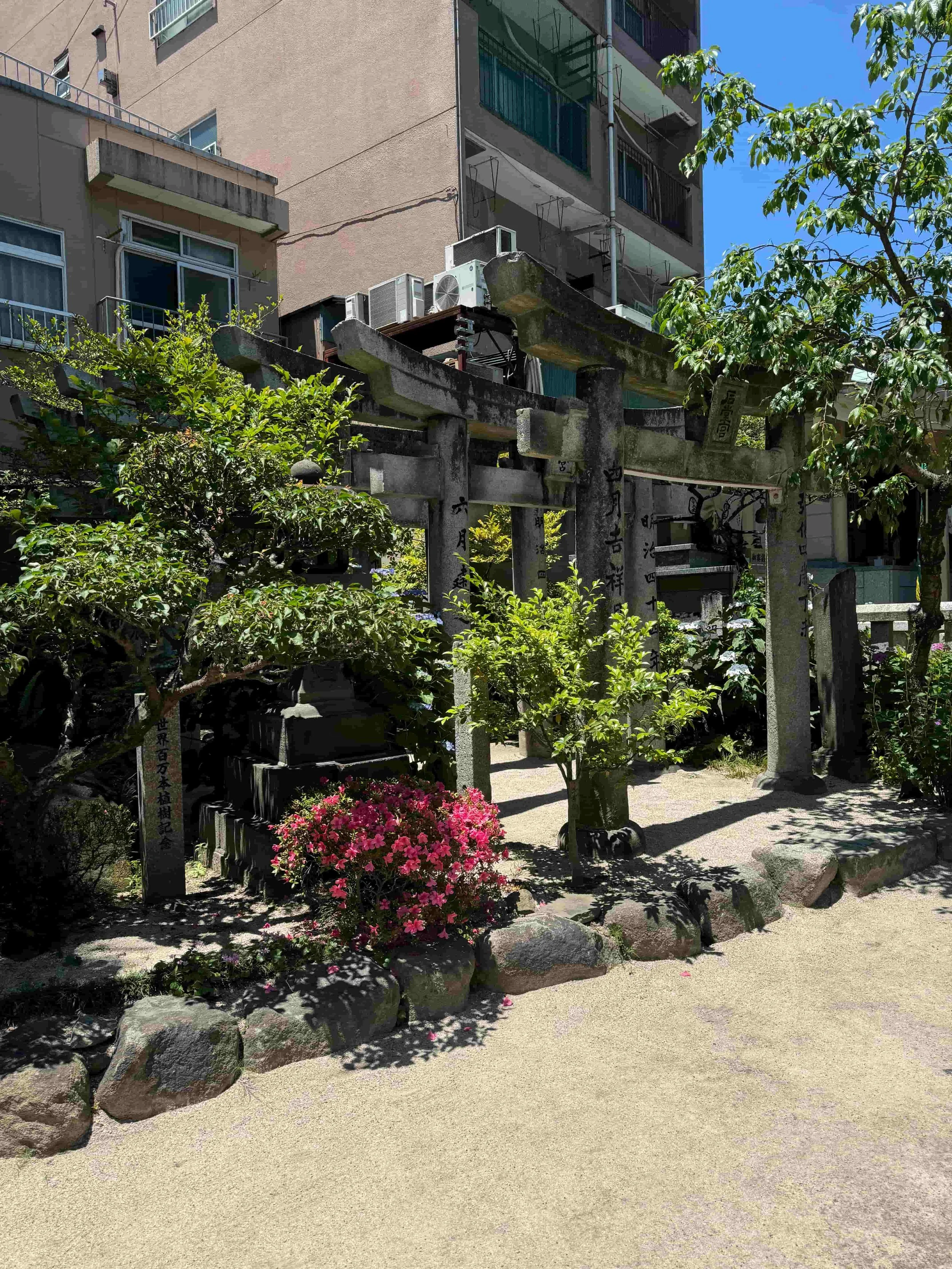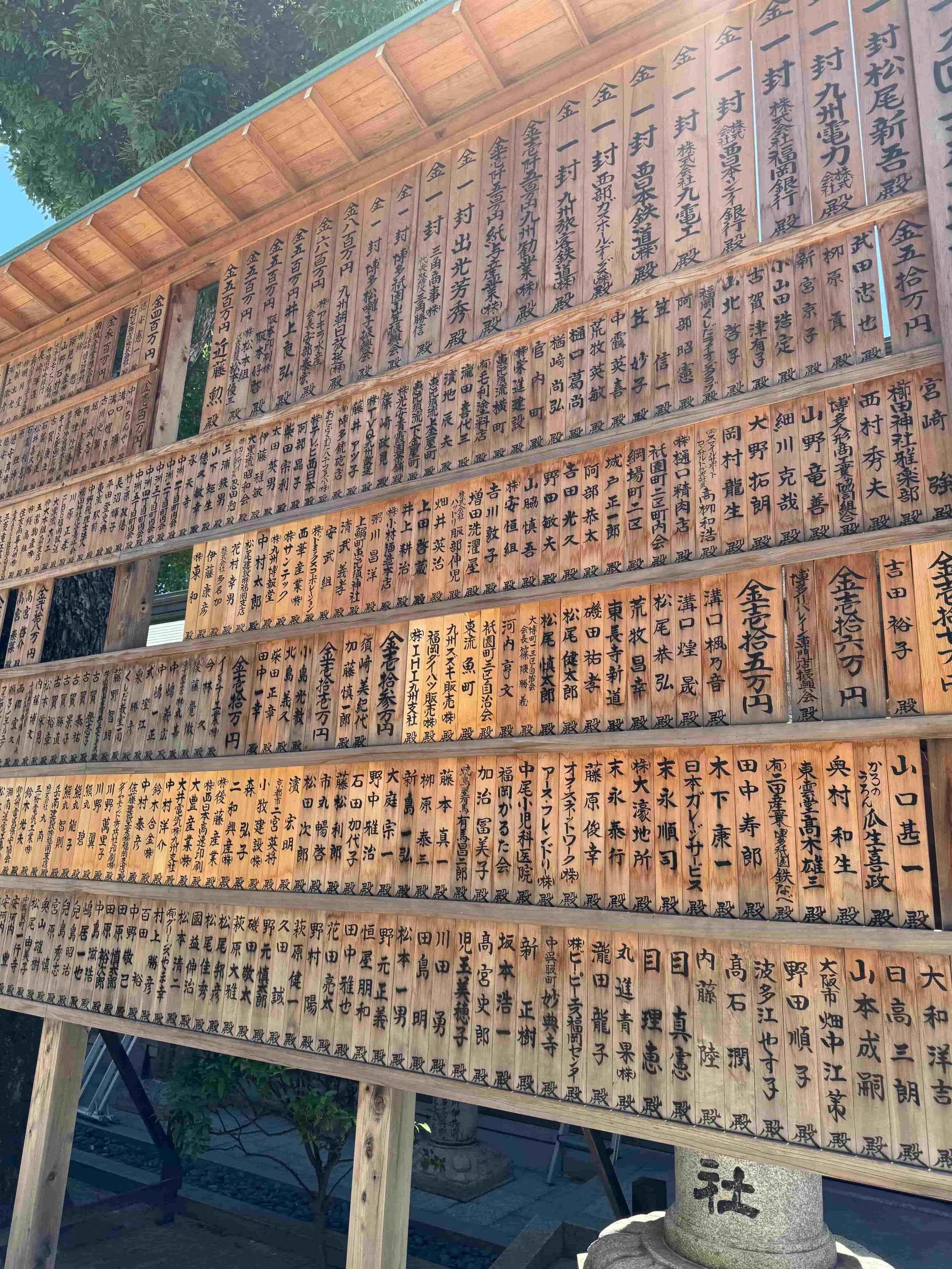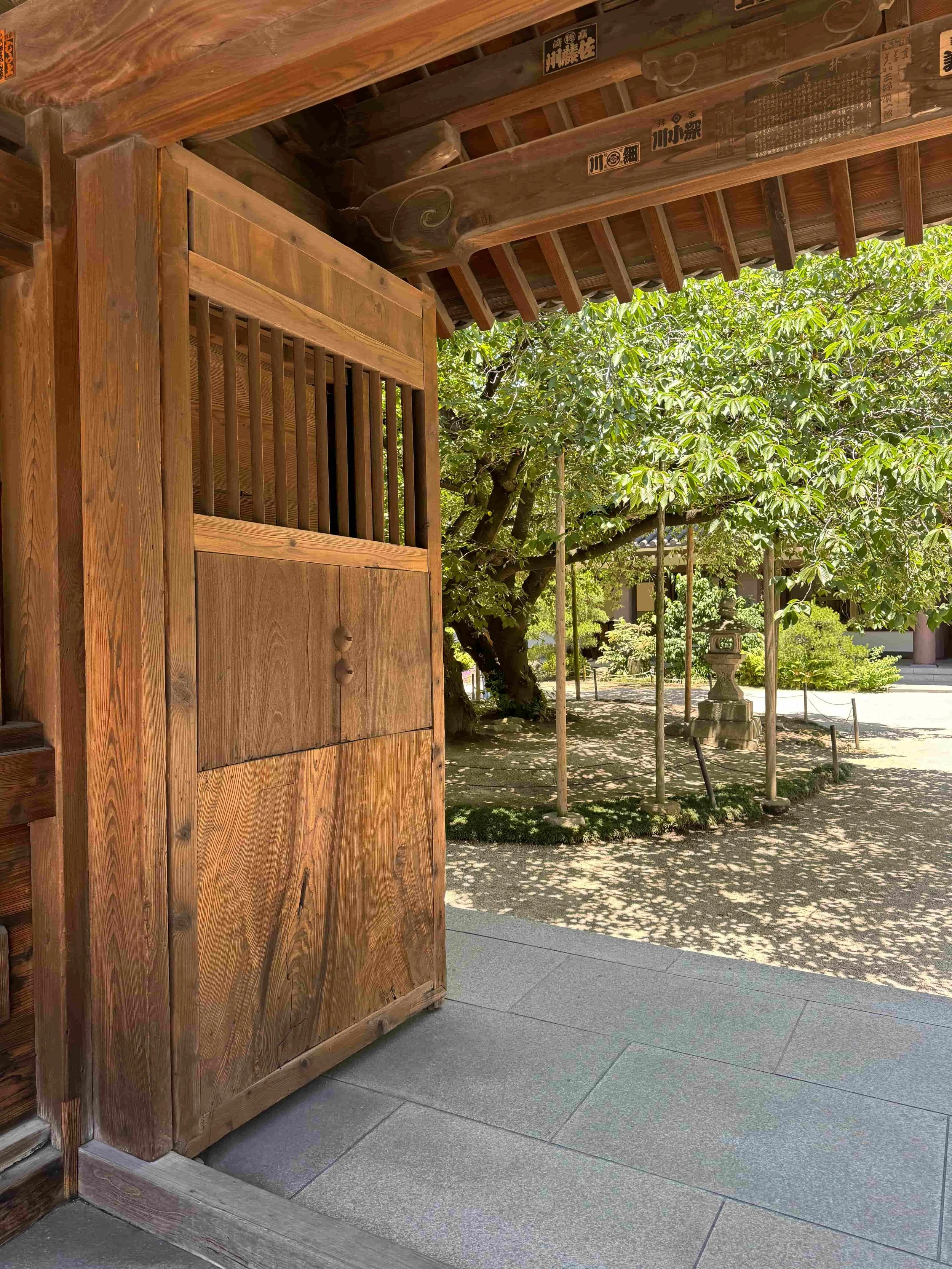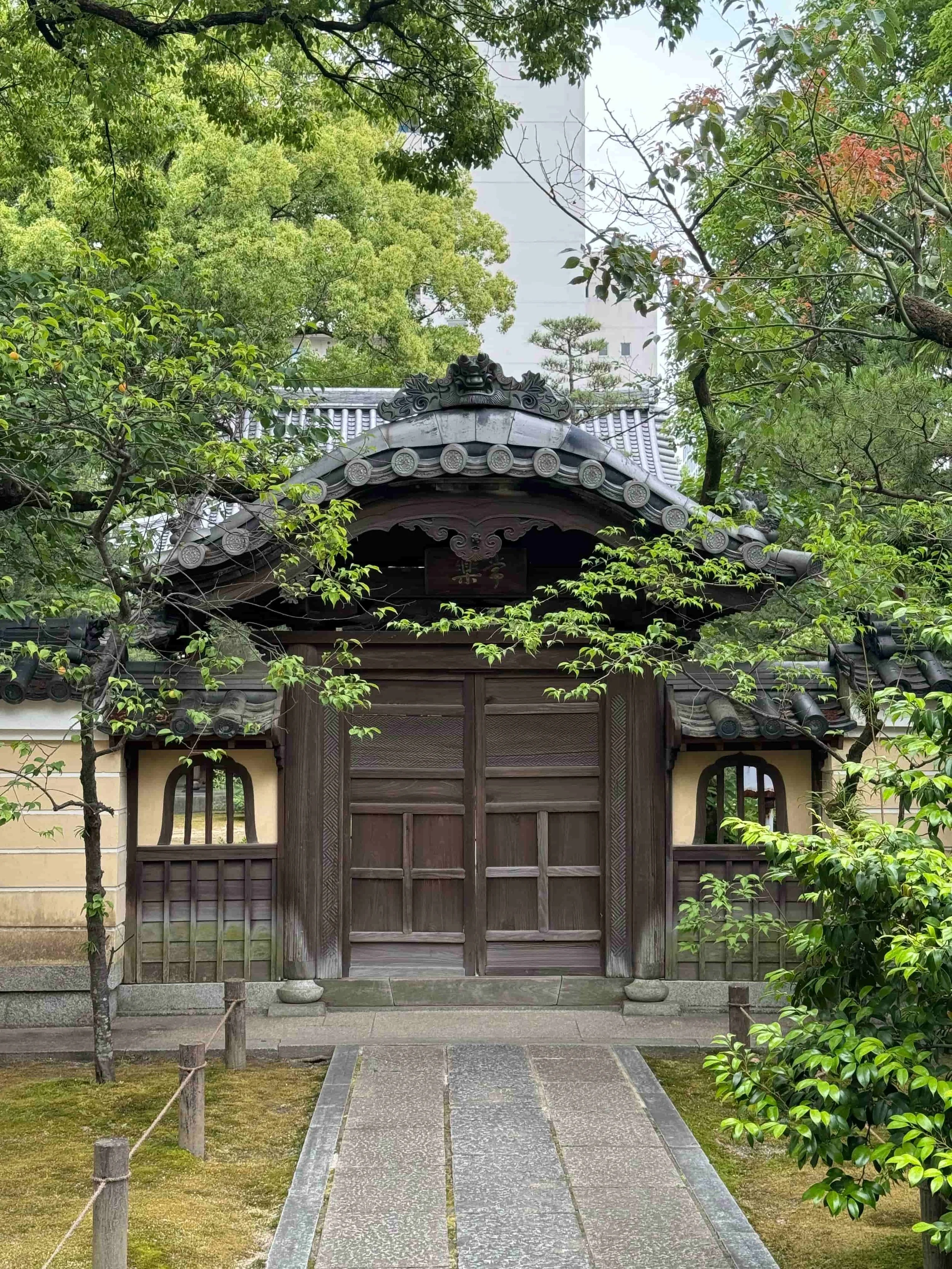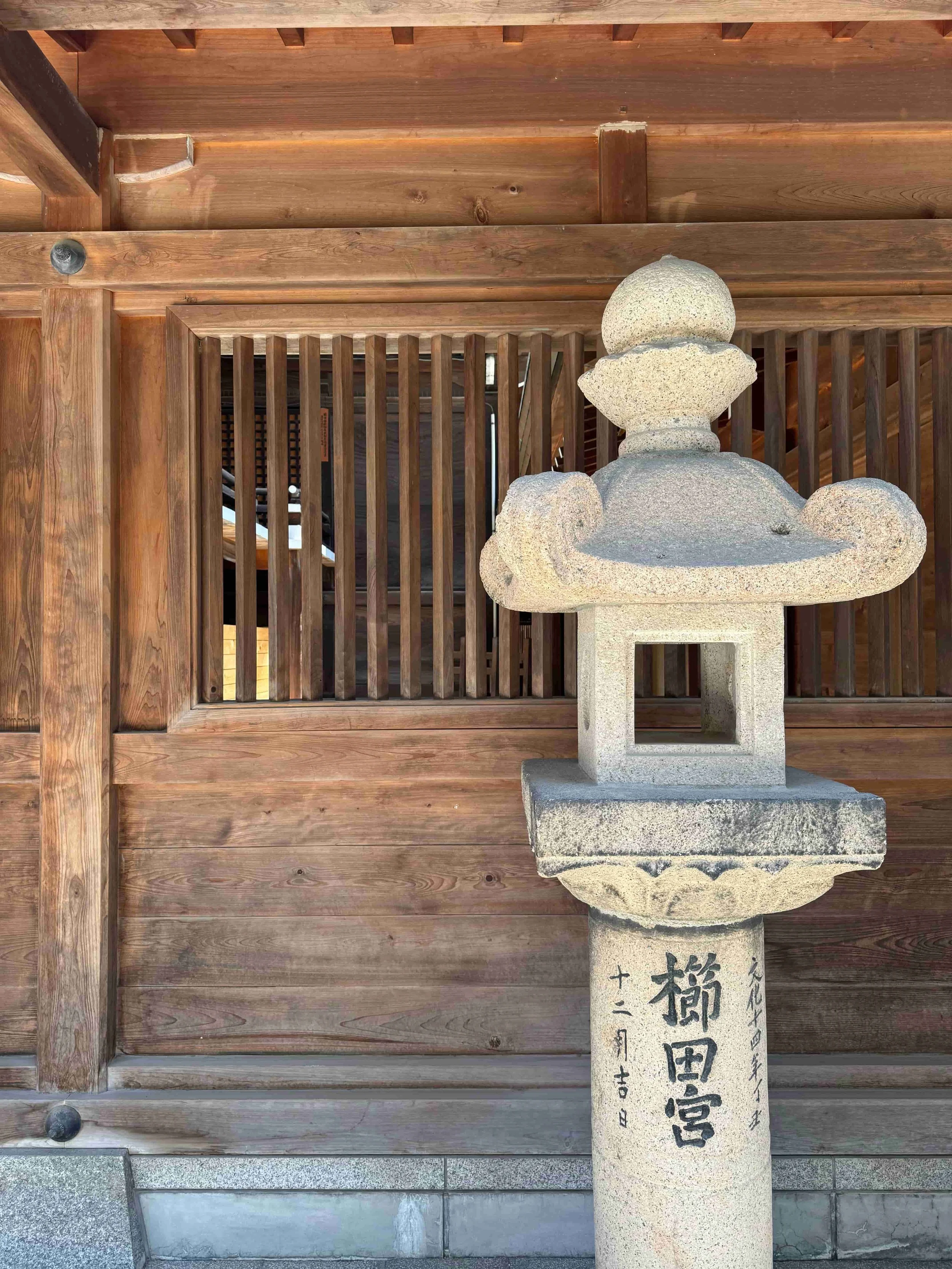KONNICHIWA JAPAN - HAKATA PART 2
After the sensory whirlwind of Tokyo, we were craving somewhere quieter, richer in tradition but no less inspiring.
The next stage in our journey took us southward to Hakata, the historical heart of Fukuoka, on the island of Kyushu. While it may not be the first place you’d expect to find aesthetic revelations, Hakata offered ancient temples nestled between modern buildings, seaside breezes wafting through lively food stalls, and a layered design language that made it impossible not to feel relaxed.
Tōchō-ji Temple, Hakata
Hakata is one of Japan’s oldest port cities, with a trading history that dates back over a thousand years. It was once Japan’s gateway to mainland Asia, China and Korea in particular. This international exchange is still visible in the area’s cultural fabric. As a designer, I found this intermingling of heritage and progress particularly inspiring; it’s like stepping into a living collage of Japanese identity.
What makes Hakata unique is its ability to hold both worlds together side by side: the ancient and the modern, it's all tied together with the soft rhythm of life by the sea. We did a lot of walking and exploring in this small city. It didn’t feel quite so overwhelming as Tokyo by its scale, and this makes it a great place to explore on foot. We stumbled across some great architecture and hidden gems.
The waterways of Hakata
The Kushida Shrine, the spiritual heart of the Hakata Gion Yamakasa festival, offered a vivid counterpoint. While still steeped in tradition, the shrine felt alive with colour bright torii gates, gold-accented altars, and enormous decorative floats on display that exuded a celebratory and beautiful craftsmanship. The 10 metre tall Yamakasa was incredible.
Off the main road is Tocho-ji Temple, home to one of Japan’s largest wooden seated Buddhas. The architecture here is refined and traditional, think deep eaves, sweeping roofs, and intricate wooden joinery that felt at once massive and serene. The temple gate, known as the Sammon, caught my eye with its tiered rooflines. Japanese architecture really excels in refined, paired back simplicity and elegance of the smallest details. I took so many photos!
Incredible Yamakasa are carried through the city over 5km course on the 10th July every year. Most are scrapped after the festival but an exception being the decorated Yamakasa of the Kushida Shrine which is exhibited throughout the year.
Outside the temples, the city bursts into modernity. Hakata’s shopping arcades and food markets are full with friends, families, colour, and sound. Neon signage, open-air yatai food stalls, and multi-storey department stores form a streetscape that is chaotic in the most charming way. Even here, though, there’s design harmony: simple signage, minimal clutter inside the shops, and a colour palette that rarely clashes.
I loved all the shops, the precision and care in the merchandising and aesthetics are impressive. Everything felt clean, deliberate and luxurious. They really know how to do retail here!
Hakata features waterways running throughout it's centre and the modern architecture really takes the stage. Designed with curving lines, bold colours, and integrated water features, designed to guide the eye through the city. The water gives a different dynamic and creates some great routes to stroll through or sit next to and watch teh world go by.
Despite the urban vibrance, there’s a relaxed, seaside energy to Hakata. We took time to wander down to the waterfront near Momochi Seaside Park, watching locals picnic, jog, or sit with books by the sea. We had a wonderfully relaxing walk down the beach, gathering shells, eating at a beach cafe and absorbing a more relaxed side to Japan.
The coastal influence appears in the food, architecture, and even the materials used, such as light woods, open windows, and airy fabrics that let interiors breathe.
Arriving at Hakata beach
Below are some of the many photos I took while I was there. I was fascinated by the details, architectural detailing and clean lines. You can click on the image below to see a larger version of the gallery.
I hope you find them inspiring too.
Hakata left me with a renewed appreciation for cultural layering, how spaces can carry history and modernity without conflict. It’s in the temples that invite you to slow down, and in the vibrant street scenes that remind you this is a bustling city.
We were excited to head off to our next destination, Kyoto, we had lots planned and we were so excited to see what it had in store, part 3 to follow soon.
Sophie x




